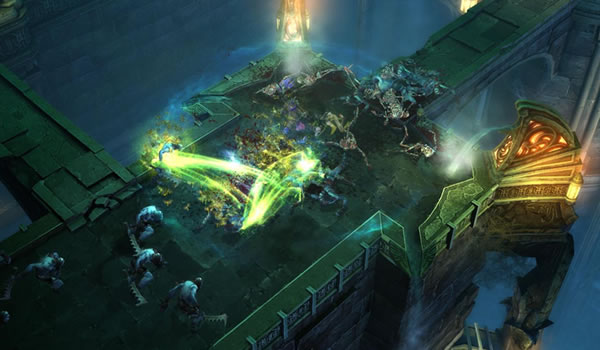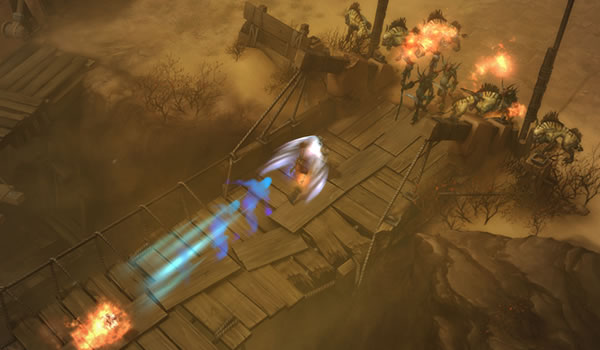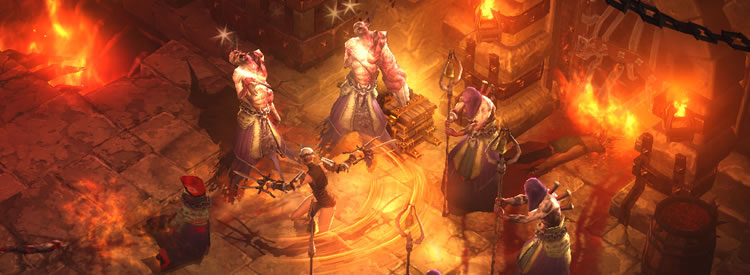Final Thoughts
As expected, Diablo III isn't especially demanding, even at maximum quality. Blizzard generally offers hardware-friendly titles that can be enjoyed by anyone with a halfway competent gaming rig. That said, StarCraft II is relatively demanding when you crank its settings up, so we had some hope that Diablo III would put a hurting on some of our higher-end hardware in favor of equally deserving graphics.

For whatever it's worth, StarCraft II received an extreme graphics setting that improved shadow and lighting about seven months after its launch, so it's possible that Diablo III might eventually receive similar treatment. For now, the gameplay graphics are about what you'd expect from a DirectX 9 title, and that's reflected by the myriad of graphics cards we tested.
Folks hoping to play Blizzard's latest title at its highest settings will get by comfortably with the GeForce GTX 550 Ti ($120) or Radeon HD 6750 ($100) when running at 1680x1050. To exceed 60fps, you'll likely want a GTX 560 or HD 6850 ($150-$170), which remain viable options at higher resolutions such as 1920x1200, where they sat well above the 60fps threshold.

Gamers with a multi-monitor setup or a single high-resolution screen will likely have a high-end graphics configuration, and just about all of them will do the trick in Diablo III. The GTX 480 averaged 60fps, while the HD 5870 hit 67fps and the GTX 580 surpassed 70fps. Current-gen cards like HD 7950/7970 and GTX 670/680 delivered north of 90fps and into the triple digits.
StarCraft II is very CPU dependent, but Diablo III seems less picky about which chip is being used. We found that a lowly dual-core Athlon II X2 clocked at 3.30GHz to be only 14% slower than the twelve-threaded Core i7-3960X when running at the same speed. A decent GPU is the key to maxing Diablo III, even if it's a budget model like the GTX 550 Ti or HD 6750.
